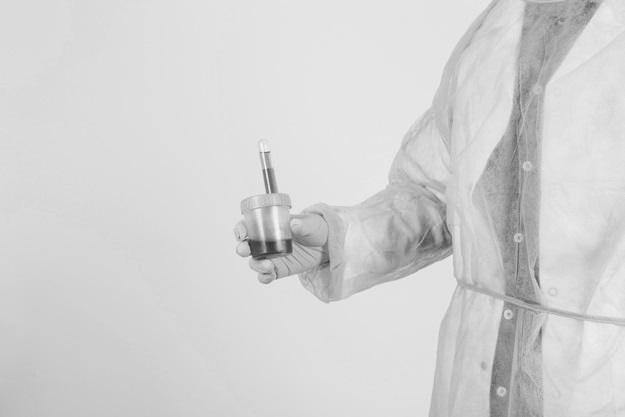Vaginitis
Natural vaginal discharge:
Usually colorless or white, and it varies according to the stage of menstrual cycle.
Unusual discharges have mal odor with or without itching +/- pain.
You need to see a doctor in case of:
The discharges are:
– Green in color.
– Have bad smell.
– Redness in the vaginal area.
– Burning or irritation of the skin around the vagina.
– Spotting not related to period.
Vaginitis:
It is an inflammation or infection of the vagina results in:
– Vaginal discharge.
– Itchiness
– Bad odor.
– Burning in urination
– Light bleeding.
Diagnosis:
– Pelvic exam.
– Vaginal swab.
Vaginitis Types:
– Yeast Infection.
– Bacterial vaginosis.
– Trichomoniasis.
– Vaginal atrophy.
– Noninfectious vaginitis.
1. Yeast Infection:
It is the overgrowth of the yeast cells in the vagina due to diabetes, pregnancy, using Immunosuppressive agents or antibiotics.
Discharges are cheesy and white associated with severe itching.
Treatment:
With antifungal cream, suppository, or tablets. (usually for 3 to 7 days).
Recurrent yeast infections might be due to:
– Treatment failure.
– Not finishing the prescribed course.
– Excess use of antibiotics.
– Use of birth control pills.
– Pregnancy.
Yeast infection recurrence treatment:
– Long term oral or vaginal antifungal medication:
daily for two weeks, then once a month for six months.
2. Bacterial vaginosis:
It is the overgrowth of anaerobic bacteria found naturally in the vagina. It causes fishy odor during or after intercourse.
50% of women with bacterial vaginosis have no symptoms.
Reasons behind the bacterial imbalance:
– Hormonal changes with pregnancy, menopause or puberty.
– Excessive use of vaginal cleaning products.
– Use of scented soaps.
– Smoking.
– Use of IUD.
Treatment:
Antibiotics in tablets or vaginal creams. You should finish the course even if you started feeling better.
Complications:
Possibility of:
– Pelvic infection. Example: fallopian tubes.
– Complications in pregnancy like preterm birth or Endometritis.
3. Trichomoniasis:
It is sexually transmitted disease.
The discharges might be thick, think, yellow or green.
It is caused by a parasite.
Treatment: by antibiotics.
4. Vaginal atrophy:
Thinning of the lining of the vagina leading to irritation, inflammation, dryness or burning.
Cause:
Low estrogen level after menopause.
Treatment:
– By estrogen in form of vaginal creams, pessary or ring.
– Vaginal moisturizer: to restore moisture to the vaginal area.
5. Noninfectious vaginitis:
It is irritation of the vagina.
Cause:
Use of vaginal sprays, scented soaps, toilets paper, or spermicides.
Treatment:
By stopping using the irritant.
Prevention:
– Cleaning from front to back after urination and bowel movement.
– Do not use vaginal hygiene products without doctor permission.
– Avoiding using irritating products such as scented products, bubble baths or strong soaps.
– Changing underwear frequently.
– Wearing loose cotton underwear to keep the area dry.
– Using showers instead of baths.
– Rinsing the soap well by water after shower then drying



